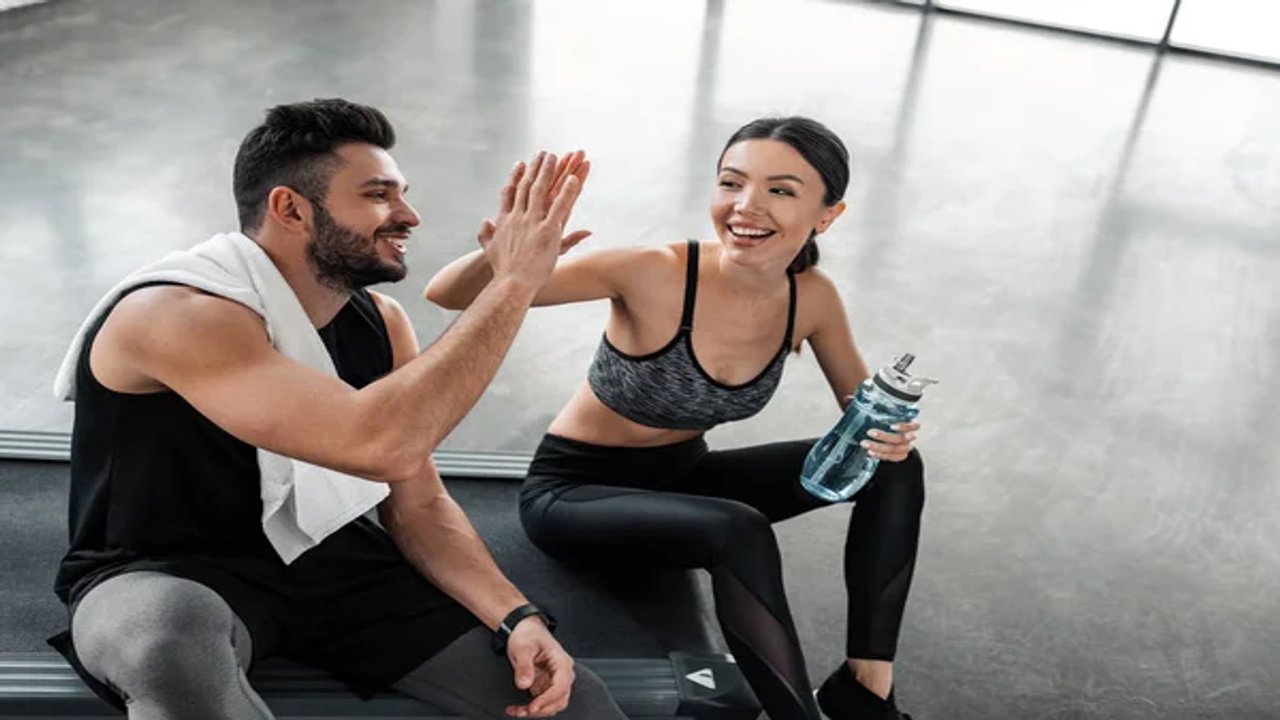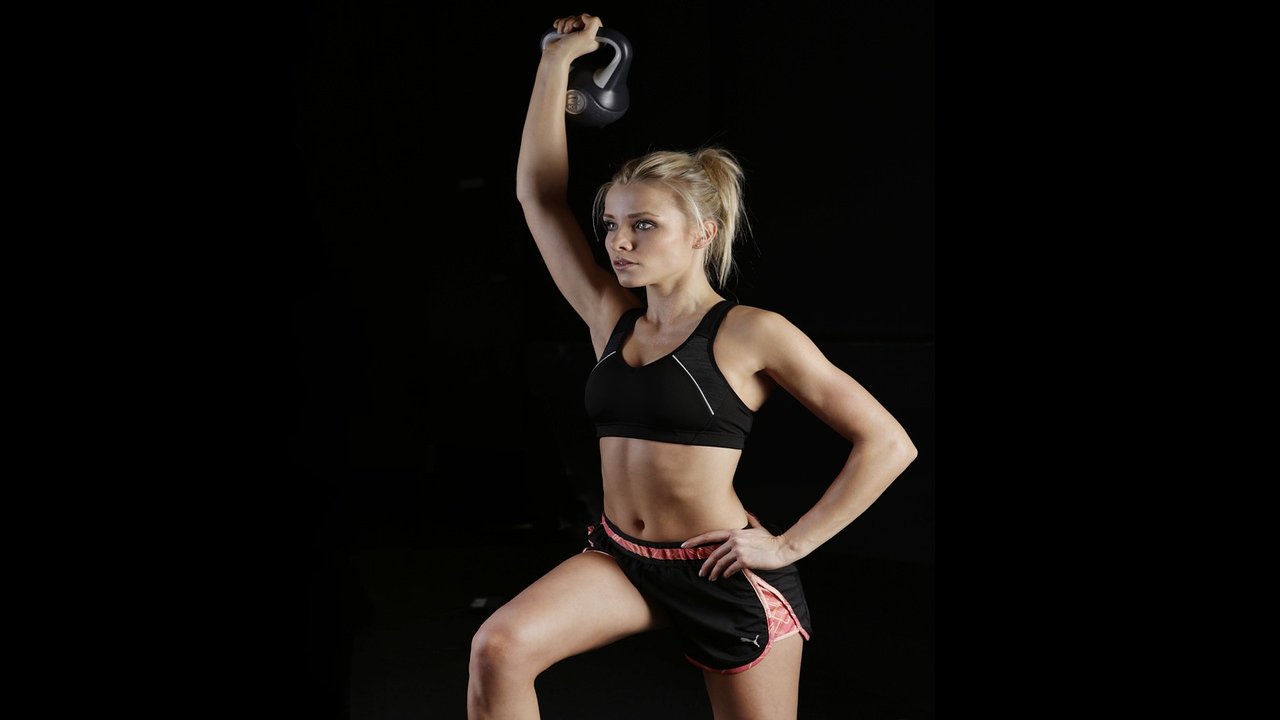
In a world where taking a pill is often the first choice for any discomfort, finding ways to soothe sore muscles without relying on medication might seem new. Our bodies often give us subtle signals before the pain becomes unbearable, and it's important to pay attention to these signals and respond with simple remedies.
Whether it's using cold therapy to numb the pain or wearing a compression garment for support, each method provides its own relief. Natural remedies and adequate rest can work together to not only ease the pain but also promote muscle recovery.
As I share these six quick fixes, you'll notice that some are familiar while others may challenge your usual approach to muscle care. It's the combination of traditional and unexpected methods that makes exploring these options intriguing for anyone seeking relief without reaching for pills.
Embrace Cold Therapy
Cold therapy, such as using ice packs or taking cold baths, can help reduce muscle soreness by narrowing blood vessels and lowering metabolic activity. I've personally found this method to be really helpful in managing post-workout discomfort or sudden increases in physical activity.
When I apply an ice pack to a sore muscle, the cold helps numb the area, reducing the feeling of pain. It also helps decrease inflammation, which is a common response to muscle damage. I always make sure to wrap the ice pack in a thin towel to protect my skin and apply it for no more than 20 minutes at a time to avoid frostbite.

For a more immersive experience, I sometimes choose a cold bath. Immersing the affected muscles in cold water can provide widespread relief, especially after a full-body workout. I aim for a water temperature that's cold enough to be therapeutic—usually between 50 to 59 degrees Fahrenheit—but not so cold that it's unbearable.
It's important to note that while cold therapy can be incredibly beneficial for reducing muscle soreness, it's not suitable for everyone. Individuals with conditions like Raynaud's disease or cardiovascular problems should consult with a healthcare provider before trying this method.
Prioritize Hydration
Staying hydrated is essential for relieving muscle soreness and aiding recovery. When I don't drink enough water, my muscles feel more sore and uncomfortable. Here's why hydration matters:
- Water helps muscles repair: It carries nutrients to damaged tissues and removes waste products from intense workouts.
- Prevents muscle cramps: Dehydration can cause painful cramps that can disrupt workouts.
- Supports joint health: Hydration keeps joints lubricated, reducing stiffness and discomfort.
I always make sure to drink plenty of fluids before, during, and after exercise. Hydration makes a big difference in how my muscles feel and perform. It's not just about quenching thirst; it's about creating the right environment for muscles to heal and get stronger.
Utilize Compression Garments
Compression garments are a great way to reduce muscle soreness and speed up recovery after a tough workout. These tight-fitting clothes improve blood circulation to the muscles, providing support and reducing muscle vibration during activity. This can help prevent additional strain and discomfort.

I personally use compression socks, sleeves, tights, or shirts after my workouts, and I've noticed a significant decrease in muscle soreness the next day. Research shows that these garments can help reduce swelling and inflammation, promoting faster healing. The key is the graduated compression they provide, which means they're tighter at the extremities and gradually loosen towards the heart, improving blood flow.
It's important to choose the right size and type of compression wear to ensure they fit well and provide the right amount of pressure. I wear them during exercise and for a while post-exercise as part of my routine, and I've experienced the benefits firsthand.
If you're thinking about adding compression garments to your recovery routine, it's a good idea to consult with a healthcare professional, especially if you have any vascular issues. Every little step can make a difference in your recovery and overall muscle health.
Consume Anti-Inflammatory Foods
Adding anti-inflammatory foods to your diet can help reduce muscle soreness by decreasing the body's inflammatory response to exercise. Muscle discomfort after a tough workout can sometimes make it hard to stick to a consistent fitness routine, but I've learned that what I eat plays a big part in how quickly I recover.
I've made it a point to include these three anti-inflammatory foods in my diet:

- Omega-3-rich fish: Fish like salmon, mackerel, and sardines are packed with omega-3 fatty acids, which have been proven to lower inflammation and potentially ease muscle pain after exercise.
- Berries: I love incorporating blueberries, strawberries, and raspberries into my diet because they're loaded with antioxidants and vitamins that can help combat the oxidative stress from intense workouts.
- Leafy greens: Spinach, kale, and Swiss chard are my go-to greens because they're rich in nutrients like vitamin E, known for its anti-inflammatory properties.
Implement Rest and Recovery
Rest and recovery are essential for muscle repair and overall well-being. Giving your body time to heal and recharge is just as important as choosing the right foods. Personally, I've found that taking time to rest and recover makes a significant difference in my training. It's not about being lazy on rest days; it's an active part of my regimen that allows my muscles to recover and grow stronger.
Quality sleep is crucial for recovery. Getting enough sleep each night is important because it's when human growth hormone is released, helping tissues repair and grow. I've noticed that when I don't get enough sleep, my recovery suffers.
In addition to rest, I also incorporate active recovery days into my routine. This means doing low-intensity activities like walking or gentle yoga. It helps keep my blood flowing, which promotes the transport of nutrients and waste products throughout my body without putting too much strain on my muscles.
Listening to my body is important too. If I feel lingering soreness beyond the typical 24 to 48-hour muscle recovery window, I take it as a sign to give myself more rest. It's all about finding the right balance for my overall well-being and performance.
Explore Natural Remedies
When it comes to relieving muscle soreness, I've found that certain herbs and supplements from nature can make a real difference. It's important to talk to a healthcare provider before trying anything new, but I've personally experienced the benefits of the following natural remedies:

- Turmeric: This spice contains curcumin, which has strong anti-inflammatory properties. Research suggests that turmeric supplements can help reduce muscle soreness, allowing for faster recovery after a workout.
- Arnica: After tough workouts, I've turned to arnica for its ability to soothe aches and reduce bruising. Applying arnica topically seems to speed up my muscle recovery process.
- Omega-3 Fatty Acids: Found in fish oil supplements, these healthy fats have really helped me. Omega-3s are known for their anti-inflammatory effects, and since incorporating them into my diet, I've noticed a significant decrease in the duration of my muscle soreness.
Conclusion
Last summer, after a tough hike, my muscles were in agony. But these strategies were a game-changer.
Cold therapy helped numb the pain, staying hydrated was crucial, and eating anti-inflammatory foods made a big difference.
Wearing compression garments, getting plenty of rest, and using natural remedies all played a part in my recovery.
It's all about taking care of yourself in a smart way—turning your body's complaints into thank-yous.
Remember, taking care of yourself isn't a luxury; it's a necessity.

Statistics
- Studies have found that dark chocolate, in moderation, may have anti-inflammatory effects and can provide relief for arthritis sufferers.
- Black beans and other legumes are high in antioxidants and fiber, which can help reduce inflammation and offer relief for arthritis symptoms.
- The Mediterranean diet, which emphasizes fruits, vegetables, whole grains, and healthy fats, has been shown to reduce inflammation and improve symptoms in arthritis.
- Walnuts are rich in omega-3 fatty acids and have anti-inflammatory properties, making them beneficial for those with arthritis.
- Berries like strawberries, blueberries, and raspberries are packed with antioxidants that can help reduce inflammation and alleviate arthritis symptoms.
- Turmeric has been shown to be particularly effective in reducing joint pain and inflammation in rheumatoid arthritis.
- Research has shown that omega-3 fatty acids, found in fish like salmon and mackerel, may have anti-inflammatory properties.
- Oats are a good source of fiber and contain antioxidants that can help ease inflammation and alleviate arthritis symptoms.
- Adding turmeric, ginger, or cinnamon to your meals can not only enhance the flavor but also provide anti-inflammatory benefits for arthritis.
- Green tea is rich in compounds called catechins, which have been found to have anti-inflammatory effects and may provide relief for arthritis.
External Links
- Medical News Today: 12 Best Foods for Arthritis - Discover twelve foods that have anti-inflammatory properties and may benefit individuals with arthritis, as explained by Medical News Today.
- Arthritis Foundation: Eat to Beat Inflammation - This resource from the Arthritis Foundation provides helpful information and tips on incorporating anti-inflammatory foods into your diet to help with arthritis.
- National Center for Biotechnology Information: Role of Ginger in Management of Arthritis - This study explores the potential benefits of ginger in reducing inflammation and pain associated with arthritis.
- Healthline: Six Foods That Cause Inflammation - It's important to avoid inflammatory foods as well, and this article from Healthline highlights six common foods that can contribute to inflammation, which should be limited or avoided for arthritis management.
- Arthritis-Health: 10 Foods and Drinks That Help Ease Arthritis Pain - This article discusses specific foods and drinks that have been shown to have anti-inflammatory properties and provide pain relief in arthritis.
- Harvard Health: Foods That Fight Inflammation - Harvard Health explores various foods that have anti-inflammatory properties and can help combat inflammation associated with arthritis.
- WebMD: Foods That Help Ramp Up Your Rheumatoid Arthritis Treatment - WebMD lists foods that can be incorporated into the diet to help manage rheumatoid arthritis and reduce inflammation.
- WebMD: Omega-3 Fatty Acids for Arthritis - Omega-3 fatty acids found in certain foods can help reduce inflammation in arthritis. WebMD explains the benefits and sources of omega-3s for arthritis patients.
- Arthritis Foundation: The Arthritis Diet - The Arthritis Foundation provides information on following a proper arthritis diet that includes anti-inflammatory foods to reduce inflammation and manage symptoms.
- Rheumatoid Arthritis.org: RA Diet: Foods to Eat and Foods to Avoid - This resource provides guidance on the best foods to eat and foods to avoid for individuals with rheumatoid arthritis to manage inflammation.
How To
How to Maintain a Balanced Diet for Arthritis Pain Relief
Maintaining a balanced diet is crucial for arthritis pain relief. Focus on consuming a variety of nutrient-dense foods from all food groups. Incorporate whole grains, lean proteins, healthy fats, and a wide range of fruits and vegetables. Limit processed foods, sugary drinks, and foods high in saturated fats and trans fats, as they can contribute to inflammation. Monitor your portion sizes to maintain a healthy weight, as excess weight can put more stress on your joints. Stay hydrated by drinking plenty of water throughout the day. Aim for consistency in your dietary choices to support long-term arthritis management.
Did you miss our previous article...
https://naturesmart.us/fitness/the-ultimate-ag1-review-is-it-worth-the-hype
 HealthWellnessFitnessBeautyVideosPrivacy PolicyTerms And Conditions
HealthWellnessFitnessBeautyVideosPrivacy PolicyTerms And Conditions
